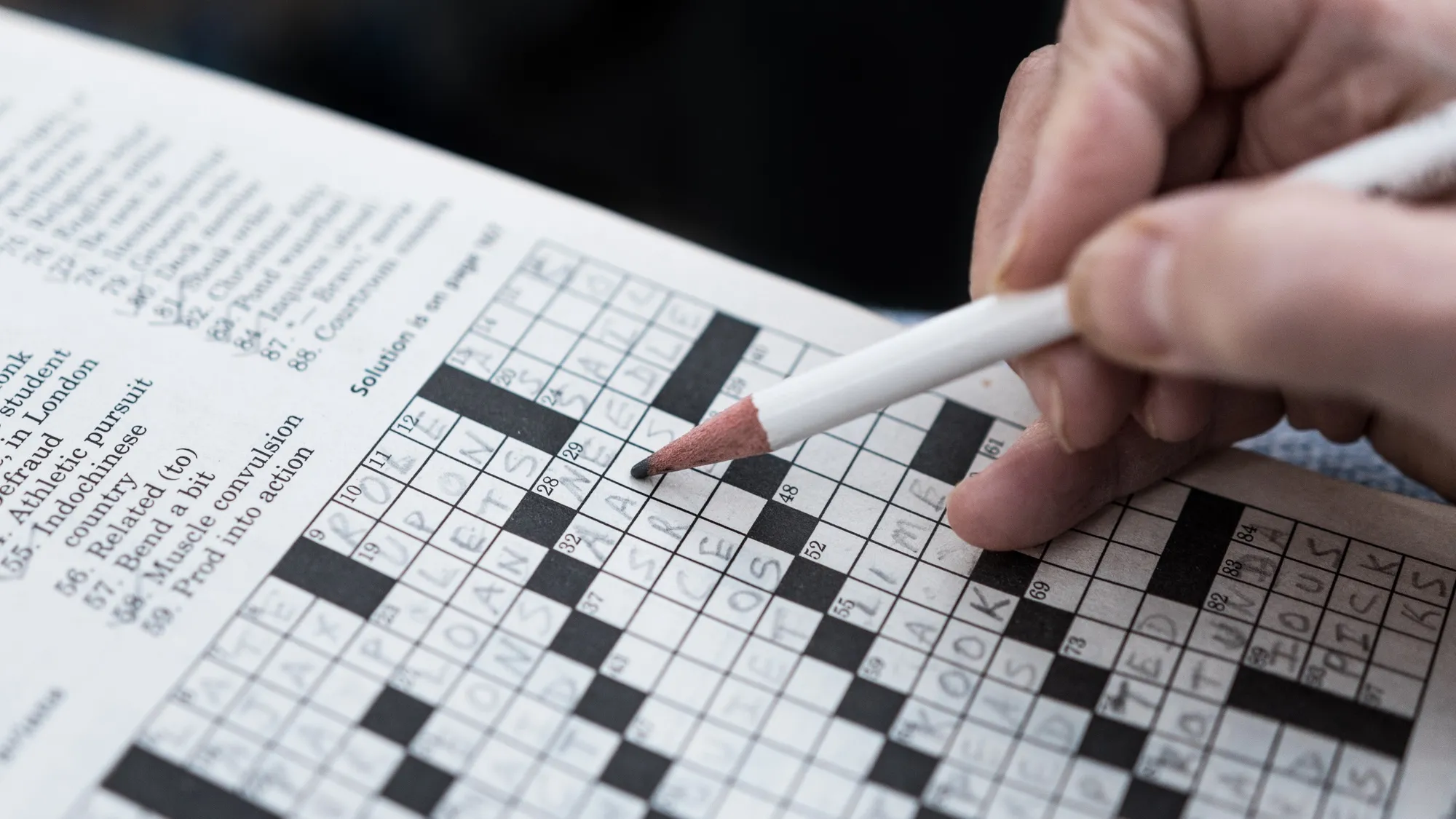Working on the LA Times clue “Sign of aging”? Below you’ll find solver-friendly hints, a spoiler-safe reveal, and a deeper explanation of why the entry fits common crossword conventions. For more daily help and archives, visit Clue of the Day.
Hints (no spoilers)
Reveal the Answer
Click once to unblur the solution; click again to re-hide.
In material culture, a patina is the thin layer that develops on a surface over time—often prized by collectors for its character. For more daily clue explanations, visit Clue of the Day.
Why “PATINA” Fits This Clue
In crossword editing, concise clues like “Sign of aging” usually target generic, widely understood nouns. PATINA describes a surface change that forms naturally as objects age—think copper turning green, bronze mellowing, or leather developing a soft sheen. It’s not a flaw; it’s frequently desirable because it signals authentic age and gentle use.
For solvers, this is a great example of a clue that rewards domain knowledge beyond everyday language. If you considered “wrinkle” or “gray,” you were probably thinking of people; but crosswords often pivot to objects and materials for more interesting, precise entries. Once you recognize that shift, PATINA becomes a top candidate.
In antiques and art history, patina can authenticate items and distinguish genuine wear from artificially aged replicas. Museums and dealers note patina to gauge provenance, condition, and value. In restoration, preserving the original patina can be a key ethical choice, as removing it may erase historical information embedded in the surface.
Strategically, entries like PATINA are crossing-friendly: common letters, no diacritics, and a straightforward definition. If you were stuck, use crossings to confirm the vowels and the -INA ending—typical in English nouns derived from Latin or Italian forms.
Strategy: Rethink the Surface
When a clue points to “aging,” double-check whether the editor is nudging you toward materials science rather than biology. Scan the grid for intersecting letters that suggest material culture terms (patina, oxidation, tarnish, wear). This mental pivot saves time on mid-week grids where editors avoid the most obvious human-aging answers.
You can also spot that the entry is likely singular and countable (a sign, not signs), pushing you toward nouns that describe a general state or layer. PATINA checks all those boxes, and its crossings usually fall quickly once you suspect the term.


